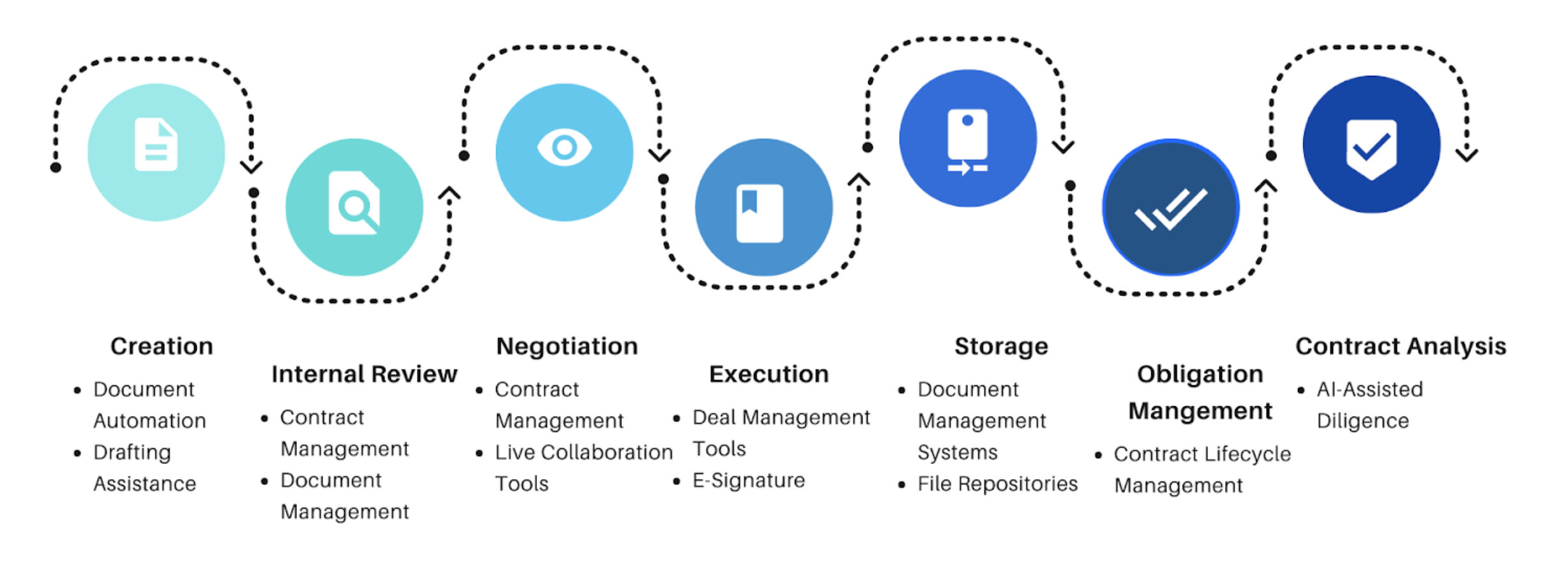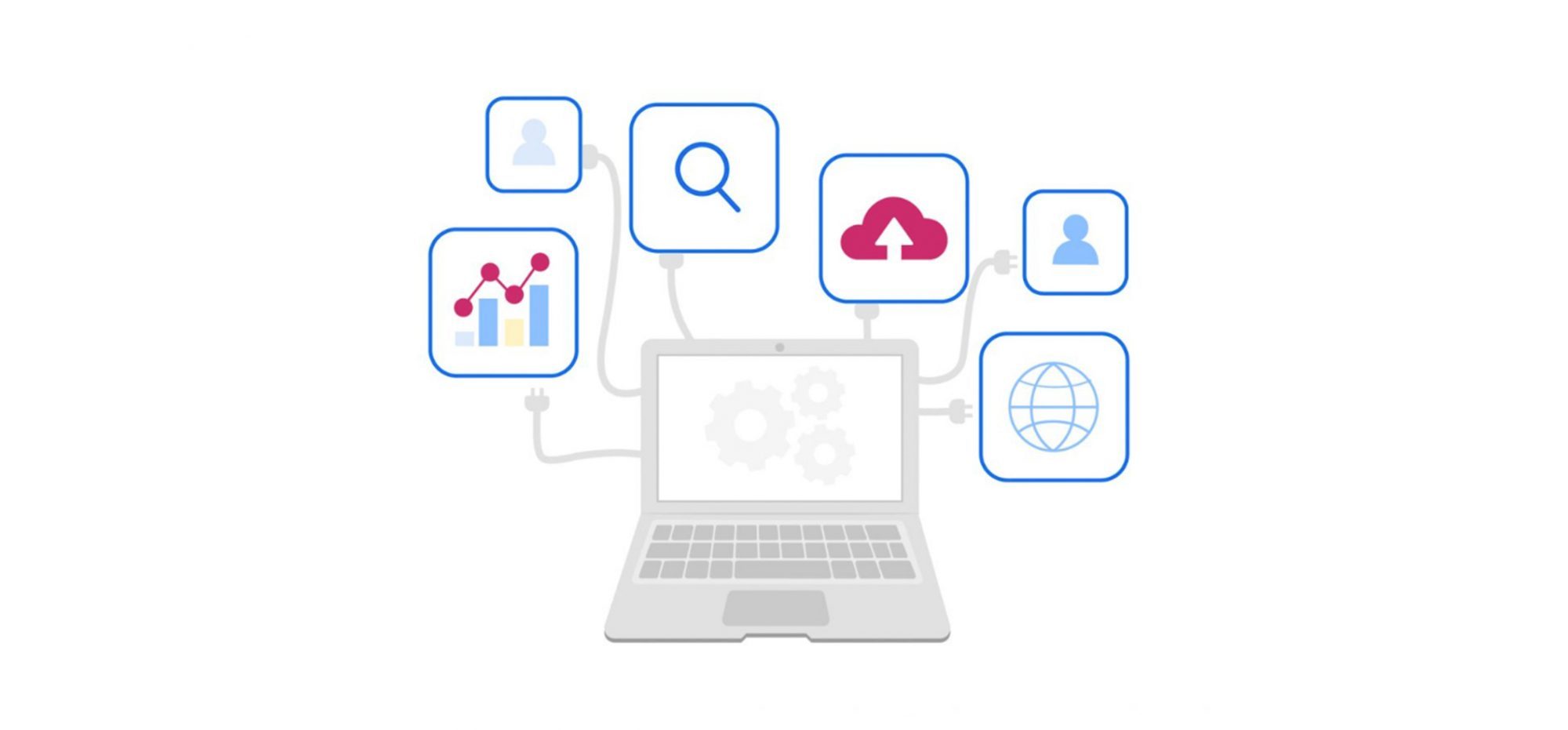In this blog post we will discuss :
- General overview of document automation
- Diving deeper
- Where document automation fits into the LegalTech landscape
In general, automation means leveraging technology to achieve a certain task or process with little to no human assistance. In the context of document automation, the task happens to be the drafting of a document (including a contract) from a template. Once a document has been templated, the first draft of that document can be generated by answering a questionnaire or by pulling data from another system.
In document automation systems, users build what are known as ‘template’ documents. These templates include rules that dictate the inclusion, transformation, or deletion of text, based on particular inputs (like questionnaire responses).
To put it simply, document automation simplifies the manual process of creating the first draft of a document. No more square bracketed fields! You only have to answer a questionnaire, which pulls the data and populates the document as desired. This not only saves time but also reduces errors and improves the consistency of the documents you create.

Diving Deeper
There are 3 key elements to most automation tools:
Questionnaire
this is the cornerstone of automation. All the information from the questionnaire will be populated across the document.
Placeholders
They replace the square brackets in the document, that contains all the interchangeable information that is needed in a contract (for example the names of the parties that will be entering into a contract). This saves a lot of time! Instead of manually deleting every square bracketed field, you’re typing the answer once and the answer is populated wherever it is required in the document.
Conditionality
This is where words, phrases, sentences, or entire clauses or paragraphs drop in and out of the contract depending upon if they are required or not. They operate on “if this, then that” logic. For example, if a bullet payment is required, then a bullet repayment clause will be required in the contract. It works like a flow chart or “decision-tree”, and it can get very complex.

More sophisticated forms of document automation can include workflow management. With workflows, the document assembly logic can also result in certain approvals being needed or even for another follow-on task to occur in another system. For example, users can configure documents, so approval requests or follow-on tasks are triggered where specific document terms or properties are included. Imagine that your manager automatically receives a notification to approve your work once you’ve finished.
Avvoka has a unique approach to document automation. Unlike legacy tools, our tool is truly no-code and intuitive. There’s no complex Word coding needed and no need to engage external consultants, keeping costs down. This makes the whole templating process hassle-free!

Where Does Document Automation Fit in the Legal Tech Landscape?
Legal Technology is continuously evolving and advancing. You are probably wondering where do document automation and other technologies fit in the Legal Tech landscape:

Don’t worry, automation is not here to replace lawyers! Automation and similar technologies are here to help lawyers and to supercharge what they can achieve.
These technologies can be a great tool to do away with routine, repetitive and mechanical tasks. They allow lawyers to concentrate on more creative work and do what they should do best: debating legal problems and commercial considerations and then providing quality legal advice to clients. Legal innovation is there to make our lives simpler, improve speed, reduce risks and minimise errors. Many law firms, in-house legal teams and business teams are already benefiting from document automation on a daily basis.





